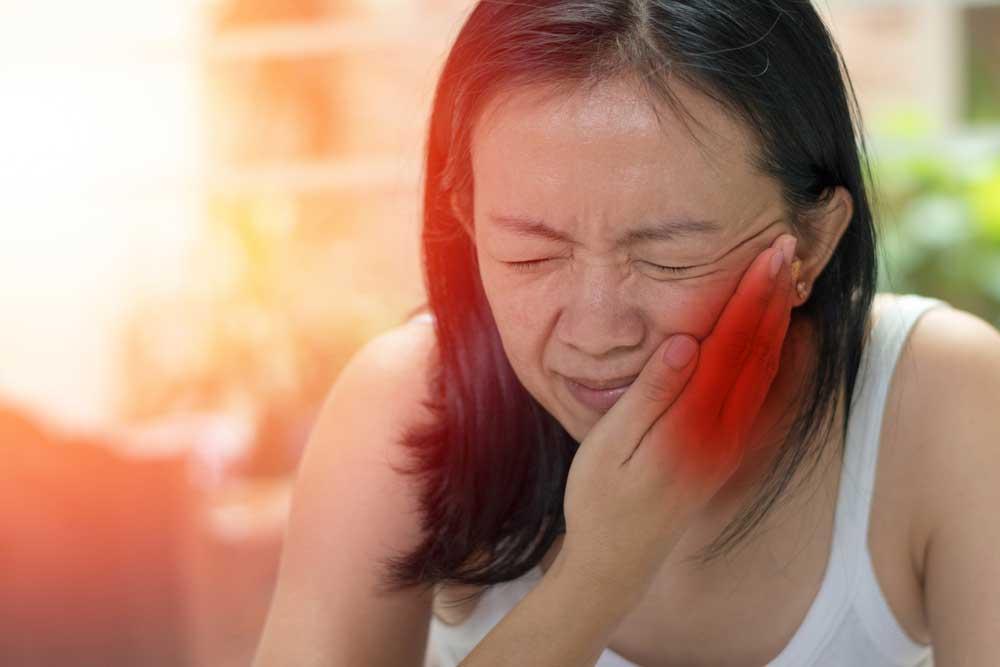Table of Contents
- Health Risks Associated with Touching Face After Contamination
- How Germs Transfer from Hands to Eyes and Skin
- Preventative Measures to Minimize Infection Risk
- Expert Guidelines for Maintaining Personal Hygiene During Outbreaks
- In Conclusion
Health Risks Associated with Touching Face After Contamination
Touching your face after contamination can significantly increase the risk of introducing harmful pathogens into your body. The skin on your hands frequently comes into contact with surfaces harboring bacteria, viruses, and other germs. When these microorganisms are transferred to the eyes, nose, or mouth, they gain entry points to the respiratory and circulatory systems, potentially leading to infections such as the flu, common cold, or more severe illnesses like COVID-19. Experts emphasize that even brief contact-such as rubbing an itchy eye or adjusting a mask-can elevate the risk of disease transmission.
Key health concerns linked to face touching:
- Introduction of airborne and surface-borne viruses
- Cross-contamination from unwashed hands
- Potential exacerbation of skin conditions like acne
- Increased likelihood of conjunctivitis or eye infections
Mitigating these risks requires conscious effort and habit modification. Regular hand hygiene combined with awareness about facial contact can substantially reduce infection rates. Health authorities continue to urge people to avoid unnecessary face touching, especially in public and high-risk environments, to curb the spread of contagious diseases.
How Germs Transfer from Hands to Eyes and Skin
Hands are one of the most common carriers of germs, picking up invisible bacteria and viruses from various surfaces throughout the day. When you touch your face, particularly sensitive areas like the eyes and skin, these harmful microorganisms can easily transfer, increasing the risk of infection. The delicate mucous membranes in the eyes provide a direct pathway for germs to enter the body, while minor abrasions on the skin serve as entry points for pathogens. This simple yet risky habit underscores why experts emphasize strict hand hygiene and minimizing face contact.
Critical moments when hand-to-face germ transfer occurs include:
- Rubbing tired or itchy eyes without washing hands.
- Touching the face after handling potentially contaminated objects, such as door handles or smartphones.
- Applying cosmetics or skincare products with unwashed hands.
- Picking at the skin or touching minor cuts and irritations.
These common actions highlight how crucial it is to stay vigilant about hand cleanliness. Incorporating handwashing or sanitizer use before any face contact is a simple, effective defense recommended by health authorities to curb the spread of infectious diseases.
Preventative Measures to Minimize Infection Risk
Maintaining strict hygiene protocols is essential to reduce the likelihood of infection through self-contact, particularly involving the face and eyes. Experts emphasize the importance of regular handwashing with soap and water for at least 20 seconds, or using an alcohol-based hand sanitizer when handwashing is not possible. This simple practice can significantly lower the transmission of pathogens that accumulate on the hands throughout the day. Additionally, individuals should make a conscious effort to avoid touching sensitive areas such as the eyes, nose, and mouth immediately after contacting surfaces in public or high-touch environments.
- Use tissues or clean cloths to wipe the face instead of bare hands.
- Keep hand sanitizers accessible when on the go for quick disinfection.
- Avoid wearing contact lenses during outbreaks, as they can exacerbate eye irritation and increase contamination risk.
- Disinfect frequently touched objects such as phones, eyeglasses, and doorknobs regularly.
Behavioral adjustments, combined with environmental cleanliness, can serve as powerful deterrents against infection. Health professionals recommend training oneself to recognize subconscious face-touching habits and replacing them with safer alternatives, such as touching the wrist or arm. Public health campaigns continue to highlight that moments of inadvertent contact often lead to viral entry points. By cultivating mindful practices and enhancing personal hygiene standards, communities can collectively lower the spread of contagious diseases.
Expert Guidelines for Maintaining Personal Hygiene During Outbreaks
Minimizing the risk of infection hinges on the strict avoidance of touching your face, especially eyes, nose, and mouth, after contacting potentially contaminated surfaces. Experts emphasize that pathogens can transfer easily from hands to mucous membranes, facilitating viral entry into the body. Rigorous hand hygiene must be practiced consistently throughout the day, particularly after public exposure or contact with shared objects.
- Wash hands frequently with soap and water for at least 20 seconds.
- Use alcohol-based hand sanitizers when handwashing is not feasible.
- Avoid touching the face unless hands are thoroughly cleaned.
- Keep personal items such as phones sanitized regularly.
Adopting these measures alongside other recommended practices-such as wearing masks and maintaining physical distance-creates a comprehensive barrier against infection spread. Public health authorities urge vigilance and self-discipline in personal hygiene routines to protect both individual and community health during outbreaks.
In Conclusion
In conclusion, health experts strongly advise the public to refrain from touching or rubbing the face and eyes after contact with potentially contaminated surfaces or substances. This simple yet crucial practice can significantly reduce the risk of infection and protect overall health. Staying informed and mindful of these preventive measures remains essential as individuals navigate daily interactions and environments.Check Our Other Blogs
- StunGun – Your Trusted Source for Stun Guns, Laws, and Self-Defense Tips
- PepperSprayLaws – Your Trusted Resource for Pepper Spray Information
- StunGunLaws – Your Trusted Guide to Stun Gun Legality and Safety




